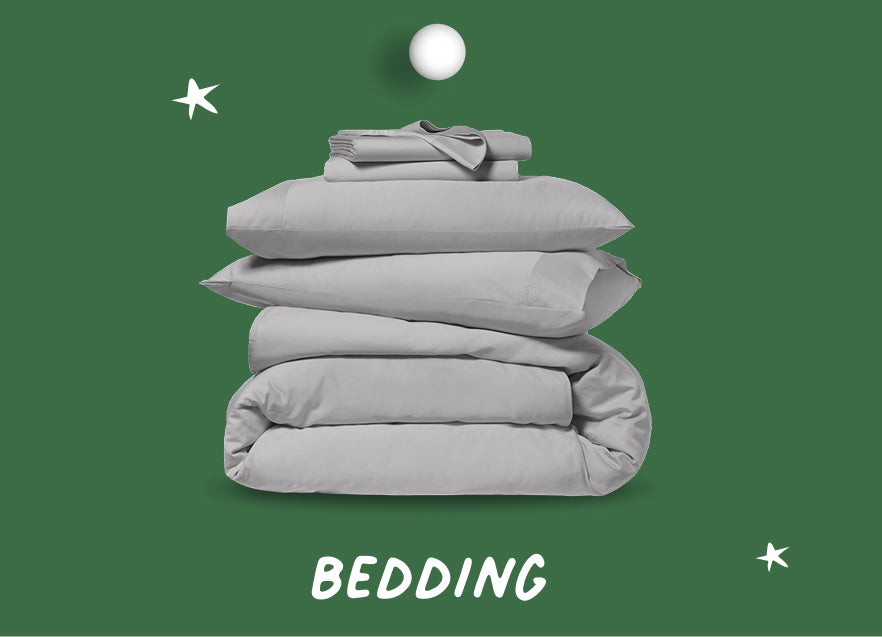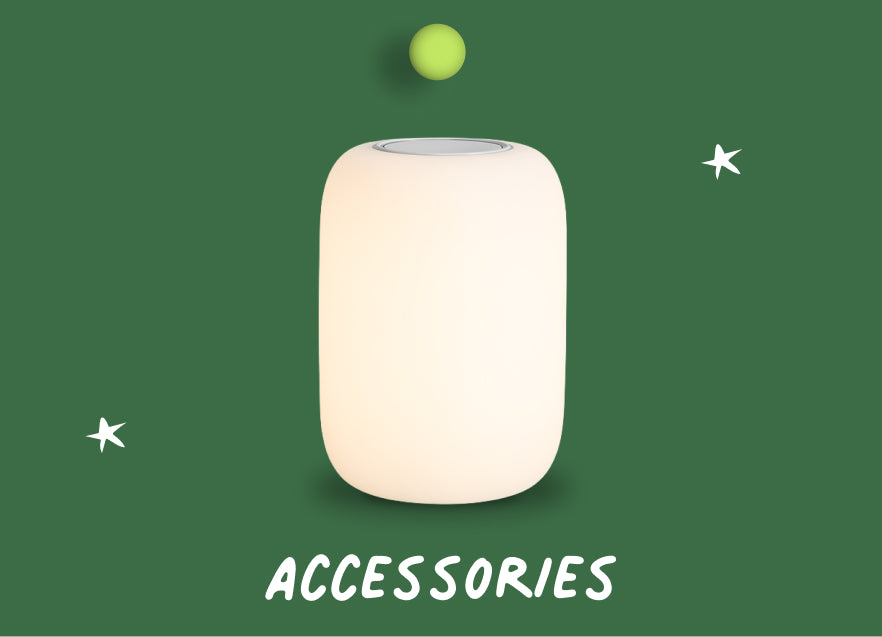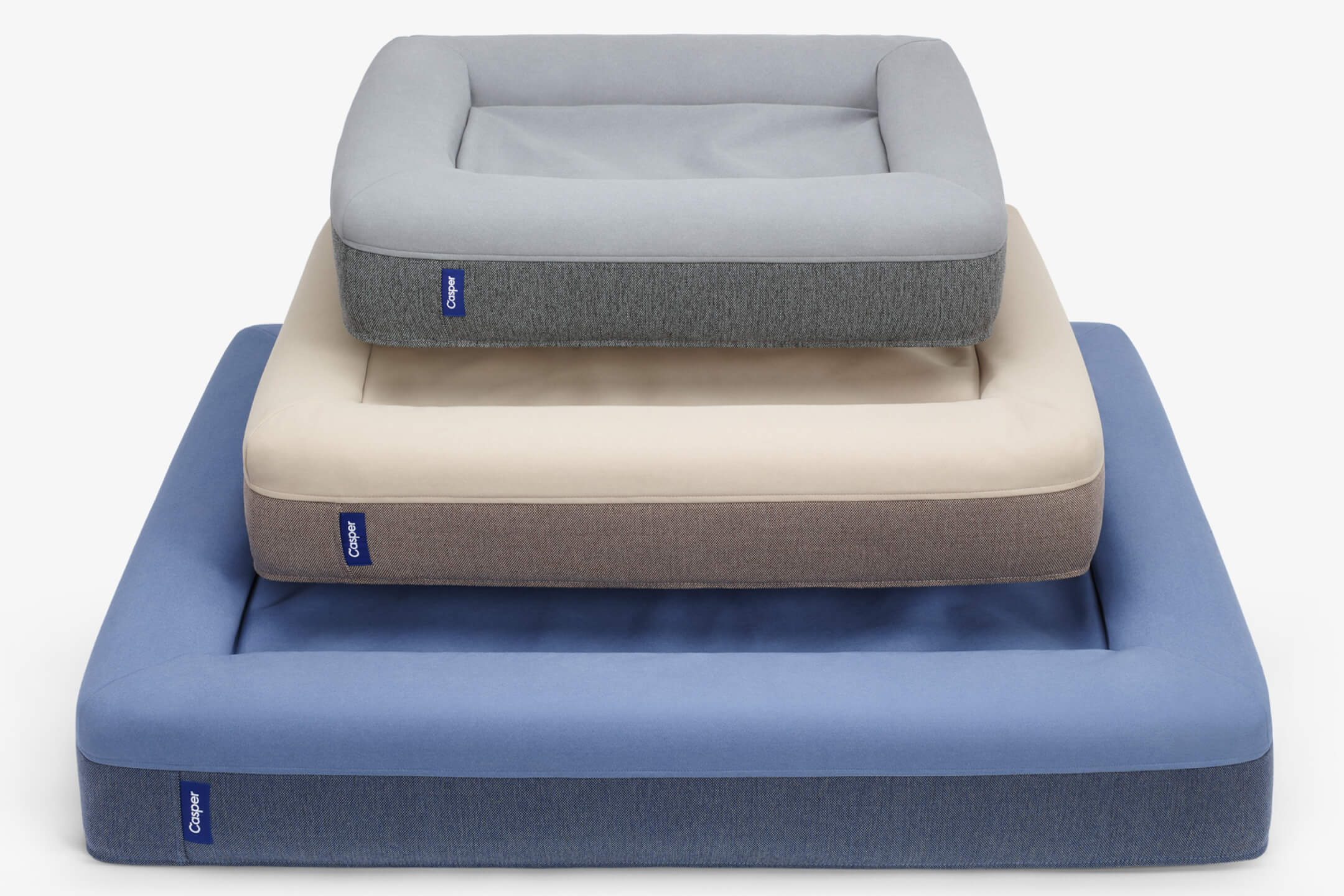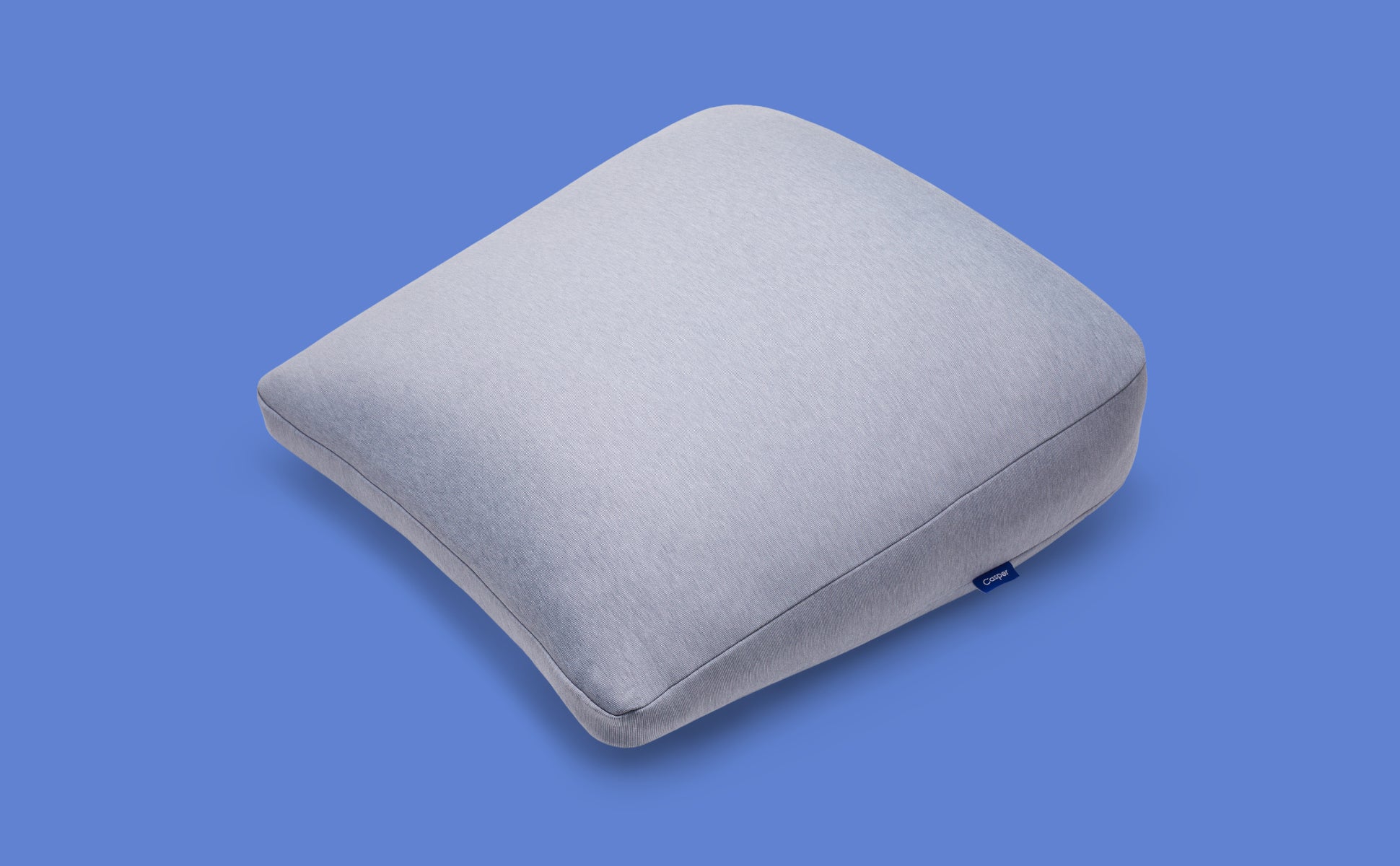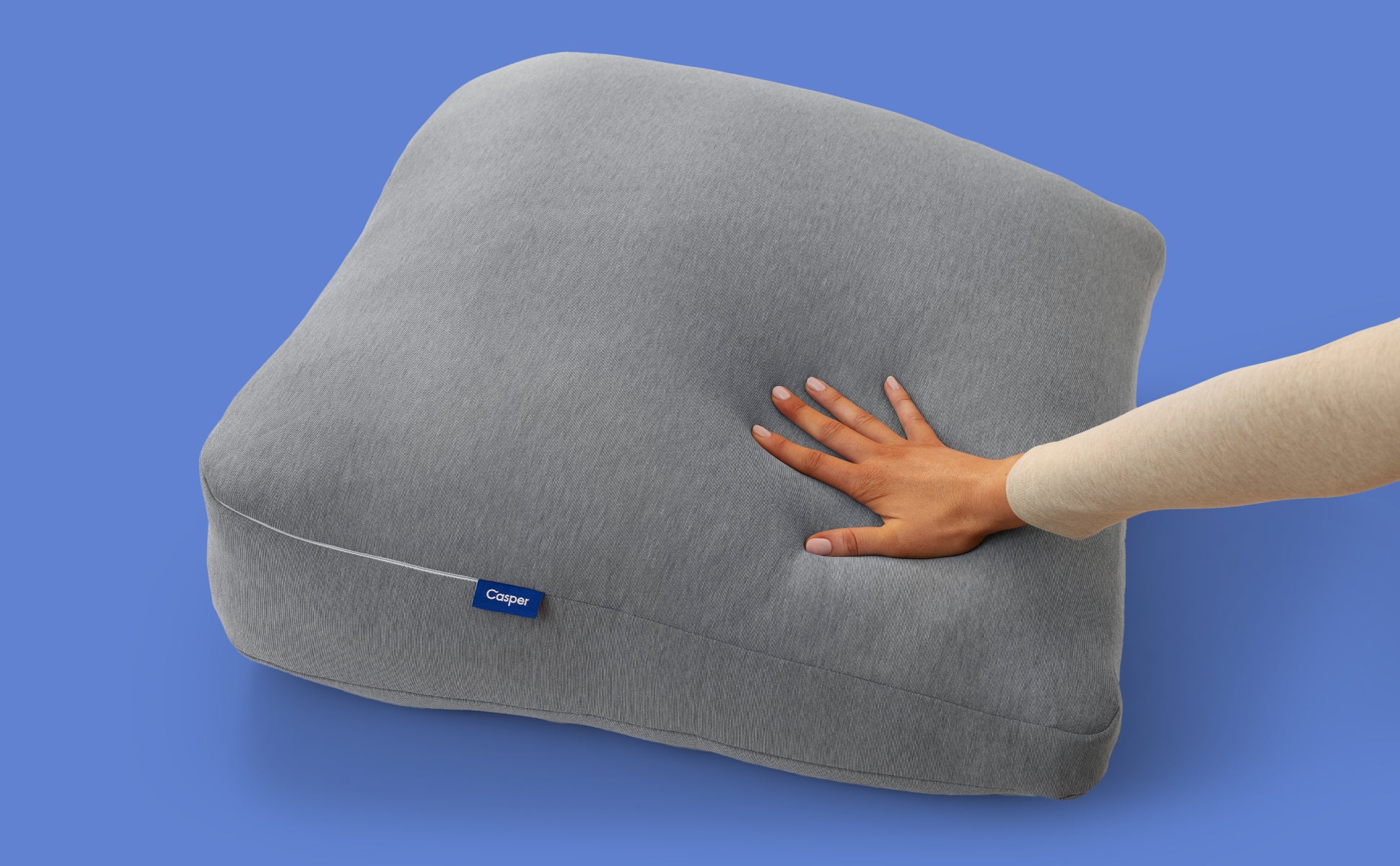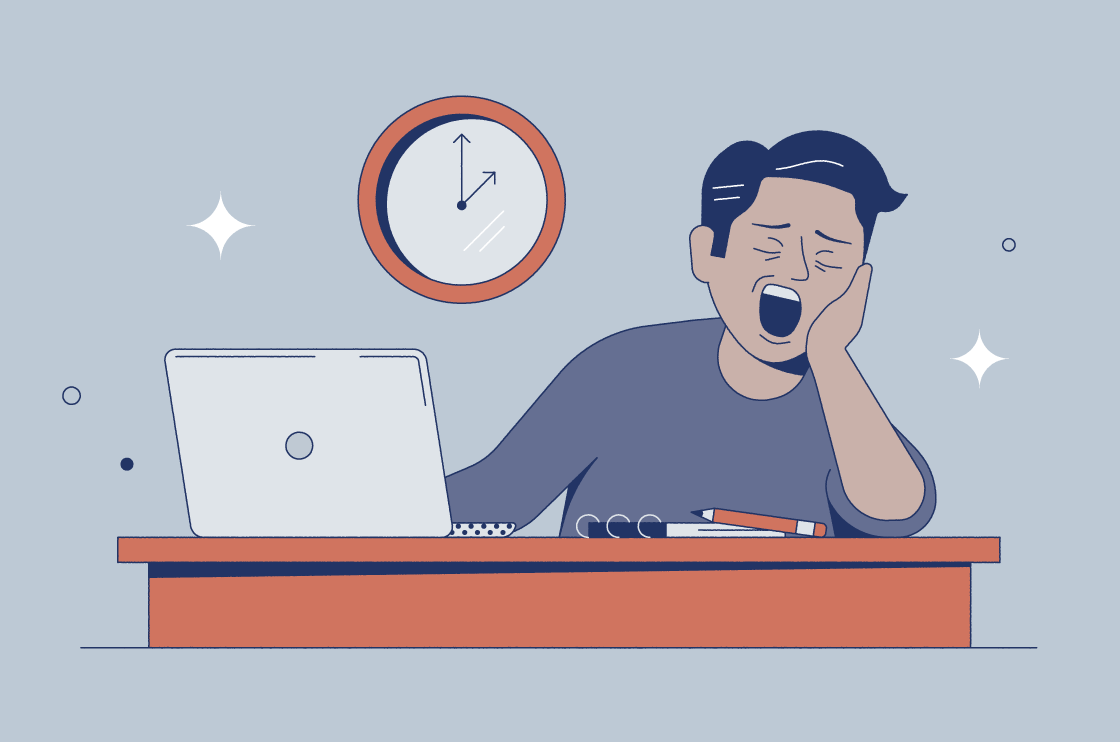You may notice your dog sleeping in a position you’re not familiar with. Does it mean anything?
Just like humans, dogs sleep in a variety of positions. From sleeping on their side to sleeping on their back with their paws in the air, we can learn a lot about our furry friends through their sleeping positions and habits.
Dog sleeping positions are like little clues that can give insight into how they’re feeling. To truly understand dog sleeping habits, we tapped the minds of veterinarians and professional dog trainers to reveal what 10 common dog sleeping positions mean.
Read on to check out our dog sleeping positions chart, learn more about the adorable meaning behind these sleeping positions, and gain insight into common dog and puppy sleeping habits.
The Casper Dog Bed is made with pressure-relieving memory foam and supportive foam bolsters so your dog can sleep safe, supported, and comforted all night long.
Jump to one of these sections or scroll through each one:
- Dog Sleeping Positions
- Dog Sleeping Patterns and Behaviors
- Puppy Sleep Habits
- How Long Do Dogs Sleep?
- Dog Sleep FAQs
- How to Help Your Pup Get the Best Sleep
1. The Side Sleeper
Just like humans, dogs love to sleep on their side. Lying on their side with their legs extended is one of the most common sleeping positions for dogs. This sleeping position is especially prominent in puppies as well as older dogs who may be suffering from stiff joints.

Meaning: When your dog sleeps on their side, it means they feel relaxed and safe in their environment. According to Dr. Jennifer Coates, DVM, who serves on the advisory board for Pup Life Today, “dogs will sleep in this position when they are feeling comfortable with their surroundings and are at a comfortable temperature.”
It’s also when they’re likely to get the most deep sleep. Jen Jones, a professional dog trainer, behavior specialist, and founder of Your Dog Advisor, says that “this position is also where you’ll often notice ‘sleep running’ and twitching during your dog’s dreams, as their paws are loose and free to move.”
2. The Lion’s Pose
The lion’s pose sleeping position (also called ‘the sphinx’) is when your dog sleeps with their head on top of their paws — similar to statues of lions you might see outside of large buildings. Your dog can also fall asleep in this position with their front paws tucked in and their back legs at one side.

Meaning: When dogs sleep in this position it means they are resting, but not sleeping deeply. According to Dr. Sarah Wooten, DVM, CVJ, and the vet expert at Pumpkin Pet Insurance, “dogs will often start out in this position if they feel like they will need to jump up quickly.”
3. The Superman
The superman position is when your dog lays sprawled out on the ground with their belly pressed to the floor, their back legs behind them, and their front legs stretched forward. Sometimes called a “sploot,” this is a common position among puppies and very playful dogs.

Meaning: When your dog sleeps on their stomach in the superman position, it means that they’re tired but ready to play if the opportunity arises. Jen Jones says that “this position allows for dogs to snooze quickly, but be ready to hop up at a moment’s notice to play.” This is a common sleeping position for high energy dogs during the day.
4. The Donut
The donut position is when your dog sleeps curled up in a ball with all of their limbs tucked close to their body. Sometimes their nose will touch their hind legs in a “shrimp” curl and they may even drape their tail over their body.

Meaning: According to Dr. Margaret Gruen, DVM, this position keeps all of the dog’s vital organs tucked and hidden. When a dog sleeps in this position, it means that they seek to protect themselves while sleeping or that they’re still getting used to their environment. This is especially common in stray or new dogs.
This is also a favorite position for dogs when they are cold. By curling up in a ball, they are attempting to preserve their body heat. Dr. Linda Simon, a Veterinarian and Veterinary Consultant for ThePets, says that this is a popular position “when the weather is cold and/or windy, as it would have protected dogs from the elements when they slept outside.”
5. The Cuddler
One of the most adorable dog sleeping positions is ‘the cuddler’ position. This is when your dog prefers to sleep on top of you or another dog cuddled up. This is a great position for those that love to let their dog sleep in bed with them.

Meaning: Peter Laskay, a pet expert and pet care blogger at Petworshiper, says that this position is a clear sign of bonding and “that the dog wants to get close to you or other dogs.”
According to the vets at PetMD, sleep-cuddling is a leftover behavior from when your dog was a puppy and snuggled up with their litter to keep warm. When they’re older, cuddling turns into a habit of comfort.
6. The Burrower
Have you noticed that your dog seeks out pillows, clothes, or blankets to sleep under? If so, your pooch likes to sleep in the burrower position.

Meaning: When dogs sleep in the burrower position, they are searching for comfort and security. Burrowers may also be seeking to calm themselves down — studies have shown that dog shirts meant to swaddle them in gentle pressure help ease nervous behaviors for dogs with anxiety disorder.
Jo Myers, DVM, told The Wildest that burrowing under blankets could also just be your dog’s way of taking a cozy break from their vigilant watch over the house and their pack members. Just like how humans use a sleep mask to minimize noise and light, your dog could be trying to block out distractions before bed.
7. The Belly Up
Arguably one of the cutest dog sleeping positions, the belly up position is just as it sounds. This position is when your dog lies on their back with their belly up and paws in the air. As uncomfortable as this position may look, this is a sign of true comfort and relaxation in dogs.

Meaning: Dogs who sleep on their back with their tummy and paws in the air do so for a few reasons. One of them is to keep cool. Jen Jones says, “dogs sweat through their paws and their belly is a source of heat. When they sleep on their back with their belly in the air and paws up, they are trying to keep cool.”
Because this is such a vulnerable position to be in, when dogs sleep on their back with their paws in the air, it also means that they fully trust you and their environment. Dr. Sarah Wooten says that “because they are exposing their belly and their vital organs to the world, you have to know that they feel really secure to fall asleep in this position.”
As dogs age, you’ll notice that they may no longer sleep on their back as much. According to Steffi Trott, a professional dog trainer and the owner of SpiritDog Training, this is due to arthritis and you should not assume that your dog is no longer trusting you.
8. Back to Back
Similar to the cuddler sleeping position, when a dog likes to sleep back to back, it means they like to cuddle up and get as close as possible by placing their back next to either you or another dog. In the simplest form, this position is a sign of love and comfort.

Meaning: Sleeping back to back indicates a sense of intimacy. When a dog sleeps in this position, they are showing you affection and trust. According to Jen Jones, “dogs may choose to sleep this way with one person in the home they feel safest with.” This can include additional family members or other dogs and cats.
9. On a Cold Surface
Whether it’s lying face down on the kitchen floor or sprawled out on your pavement, dogs tend to sleep on a cold surface when they are hot. This type of position can take the form of the superman pose or could be similar to the lion’s pose. Whatever it is, your dog is likely making sure their tummy is touching the cold surface.

Meaning: This position is directly related to temperature. “Dogs may be hot if they sleep sprawled out on cool surfaces, particularly when they’re on their bellies with legs extended maximizing the amount of unhaired skin that touches the cold floor or ground,” says Dr. Jennifer Coates. If you notice your dog seeking out cold surfaces to sleep on, try your best to cool them down with the tips below:
- Turn on a fan or the AC
- Offer the dog some cold water
- Get a cooling mat for them to sleep on
- Give them a frozen treat
- Get them groomed (if they have a long coat)
- Let them sleep downstairs, where it’s likely to be cooler
10. Head and Neck Raised
Some dogs seek out a sleeping position where their head and neck are raised. They will usually leverage the side of their dog bed or a couch cushion.

Meaning: If your dog likes to sleep in a position where their head and neck are raised, it could mean that they may have issues breathing properly — something that is commonly seen with chronic heart disease and other health problems.
According to Dr. Linda Simon, if your dog sleeps in this position “keep an eye out for worrying symptoms such as faster breathing rate, noisy breathing, or a reduced ability to exercise.” If you notice any of these symptoms, make sure to contact your veterinarian.
Make sure to check out our full dog sleeping positions chart below.
Dog Sleeping Patterns and Behaviors
While your dog is fast asleep, you may notice them start to snore, bark, or even twitch. These sleeping behaviors are normal and can even give you insight into the quality of sleep they’re getting.

-
Dreaming — Yes, dogs can dream! MIT research showed that rats experience complex dreams during REM, just like humans, so it’s likely that dogs and other animals do too. While it’s difficult to uncover exactly what dogs dream about, we know the brain processes their events of the day during sleep. So we can assume they’re dreaming of what happened during the day — like a walk around the block or chasing a squirrel.
-
Twitching — Just like humans, dogs may twitch in their sleep while they are dreaming or moving between sleep stages. This is a completely normal part of the sleep cycle.
-
Barking or squeaking — If your dog barks (or squeaks) during sleep, don’t panic. This is completely normal and may indicate that they’re reacting to something that’s happening in their dream.
-
Running — You may notice this when your dog is sleeping on their side and their paws start to move in unison. This is typically in response to a dream your dog may be having.
-
Snoring — Some dogs snore just as much as humans, but not every dog will snore. Snoring is most common in brachycephalic breeds or those with short noses and broad skulls — such as pugs, bulldogs, and boxers.
- Circling and digging — Sometimes dogs will circle or dig in their bed before lying down to sleep. According to Peter Laskay, this behavior comes from the dog’s ancestors — wolves. Peter says that wolves did this to get “rid of excess leaves, earth, and snow by digging to make their sleep area more comfortable.”
If you notice your dog exhibiting any of the above sleep patterns, there is no need to worry! Every dog’s sleeping habits will be different and are perfectly normal.
Puppy Sleep Habits
There are specific daytime and nighttime sleep habits unique to puppies.
-
Daytime sleeping habits — Puppies tend to sleep a lot more than adult dogs during the day. This excessive sleeping helps them mature, grow, and process the variety of information they have learned. You may also notice your pup napping several times during the day. Some puppies may even sleep every hour. These power naps are normal and may even come out of the blue! Puppies can fall asleep in the oddest places and may even fall asleep in the middle of a training or play session.
- Nighttime sleeping habits — When you first bring your pup home, you may notice that they’re very restless at night. They may get up to go to the bathroom, get water, or eat several times. After a few months, this should stop and you will notice your pup getting around 10 full hours of sleep.
Just like human babies, puppies need an adequate amount of sleep so they can develop and grow properly. To make sure your pup is getting enough sleep, it’s important for them to stick to a consistent sleep schedule.
How Long Do Dogs Sleep?
On average, here’s how many hours dogs sleep by age:
- Puppies: 18-20 hours per day
- Adult dogs: 8-14 hours per day
- Senior dogs: 18-20 hours per day
Typically, adult dogs will sleep 12–14 hours a day. However, just like humans, these numbers can vary based on your dog, their age, activity level, and personality. Dr. Linda Simon says that you “will likely find that your pooch sleeps more on days they have been most active.”
According to Veterinarian Dr. Joanna Woodnutt from DoggieDesigner, “dogs sleep the most between 9:00 p.m. and 6:00 a.m., although they usually have afternoon naps.” These naps can happen several times a day depending on your dog.
Puppies, on the other hand, need significantly more sleep for their development and can even sleep up to 20 hours a day. Senior dogs also often have less energy and sleep more during the day.
If you notice that your dog starts to sleep a lot more or is staying awake longer than usual, consider scheduling a vet exam to check for any underlying issues.
FAQs
Dogs certainly sleep more than people! Puppies and senior dogs sleep around 18 to 20 hours per day, while adult dogs sleep for eight to 14 hours per day.
A dog may sleep on their back with their legs in the air to keep cool. This way, cold air can reach their belly. This position can also mean that they’re comfortable in their bed and fully trust you.
This will depend on your dog, but lying on their side is one of the most common sleeping positions for dogs. This position usually means the dog feels safe and relaxed in their environment.
If your pup likes to sleep with you, it means they feel secure and comfortable with you. When your dog was a puppy, they cuddled up with their littermates for warmth and comfort, so now they want to do the same with their people.
When your furry friend wants to cuddle up next to you at night, it’s usually a sign of affection. They may also feel the need to get close to their pack members for protection or warmth.
Moving around at night isn’t uncommon for dogs. Circling and digging is an attempt to make their bed more comfortable. Your fur baby may also be trying to find a warmer or cooler spot. However, if your dog is restless, pacing, and not sleeping through the night, you should consult your veterinarian to see if there are any anxiety or pain issues going on.
How to Help Your Pup Get the Best Sleep
It’s important to always keep an eye on your dog’s sleeping habits. The position they sleep in or the amount of sleep they get each day can be little clues into how they are feeling — both mentally and physically.
Dr. Jennifer Coates says that “dogs who are sleeping more or less than normal or in new positions or locations may be suffering from an illness or injury.” It’s always a good idea to talk to your veterinarian if you have any concerns about your dog’s sleep habits.
To help your dog get the best sleep possible, make sure their sleeping environment is comfortable. You can do this by buying a dog bed they love, filling their sleep area with their favorite toys, and keeping water nearby.
If your dog is a cuddler and likes to snooze in bed beside you, make sure to get a mattress protector to safe-guard against any accidents or spills.





